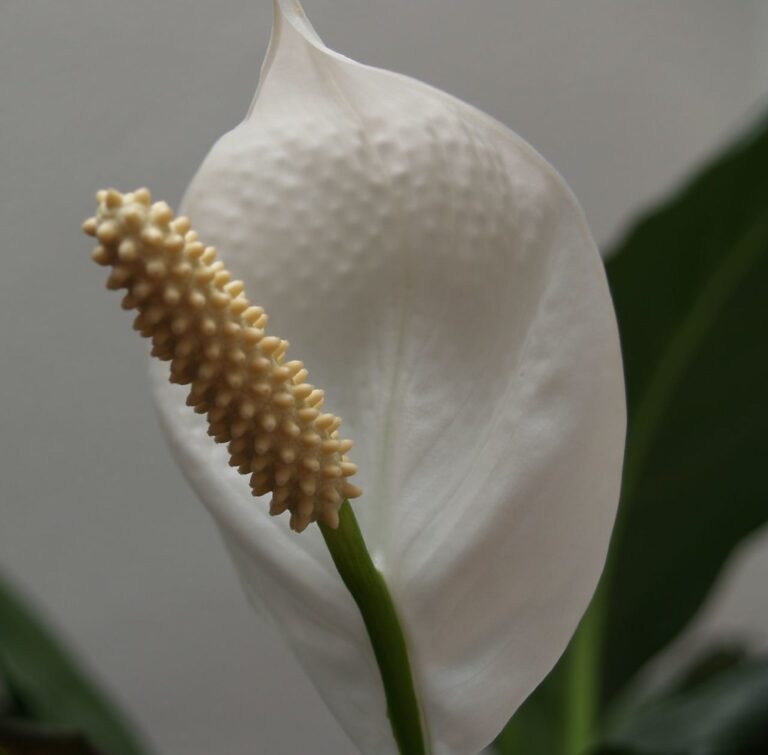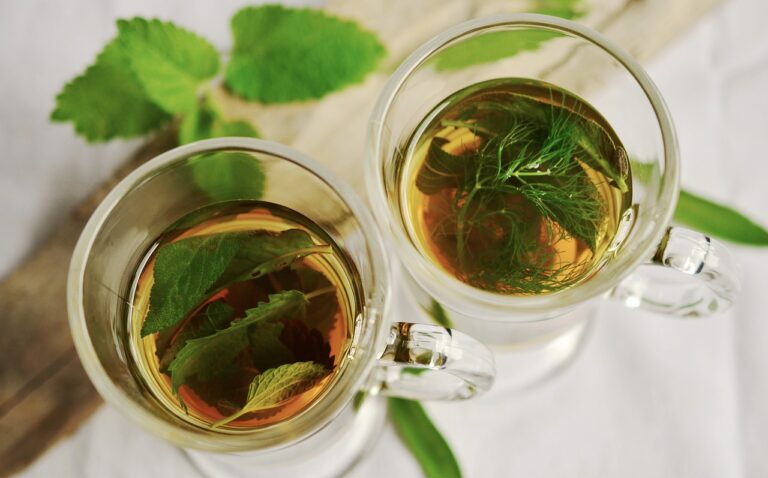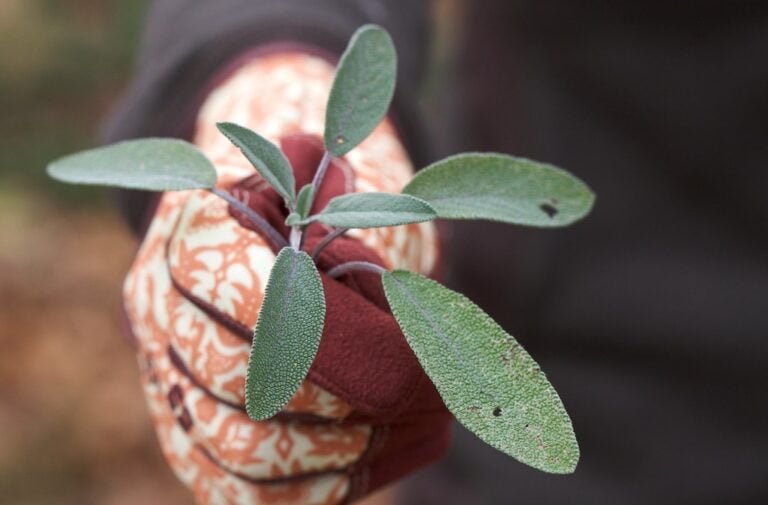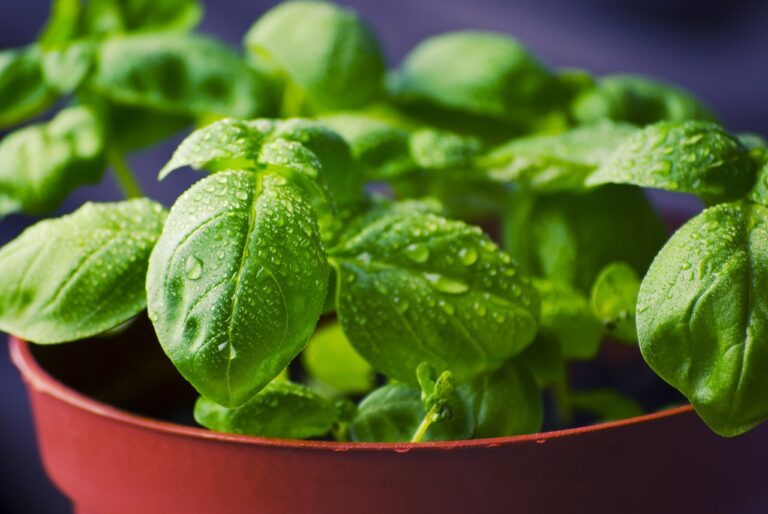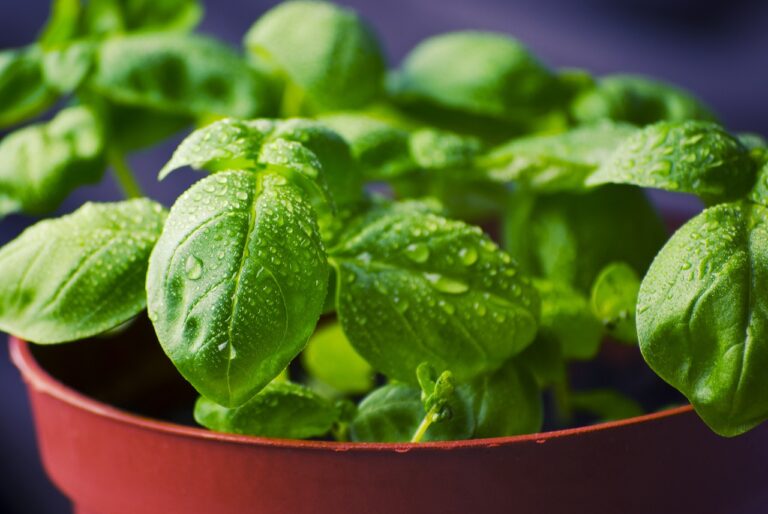Understanding the Different Stages of Lavender Growth
Are you interested in learning about the different stages of lavender growth? Look no further! In this article, we will guide you through each step, from germination to pruning and maintenance. You'll discover how lavender seeds sprout into seedlings, watch as the leaves grow and the stems elongate. Witness the beautiful blossoms that come from successful pollination and learn how to harvest the seeds. Get ready to dive into the world of lavender and become an expert in its growth process.
Germination
To initiate germination, you will need to provide the right conditions for the lavender seeds to sprout. Begin by selecting a well-draining potting mix and filling a seed tray or small pots with it. Moisten the soil with water to create a moist environment for the seeds. Gently press the seeds into the soil, ensuring they are covered with a thin layer of soil. Place the tray or pots in a warm location with plenty of sunlight. It is crucial to maintain a consistent temperature of around 70 to 75 degrees Fahrenheit. Keep the soil consistently moist, but not soggy, by watering regularly. Within two to three weeks, you should start to see tiny lavender sprouts emerging from the soil.
Seedling Development
Once the lavender seeds have successfully germinated, you can now focus on nurturing the seedlings during their early stages of development. At this stage, the seedlings are delicate and require special care to ensure their healthy growth. It is important to provide them with the right amount of sunlight, typically around 6-8 hours per day, as well as a well-draining soil that retains moisture without becoming waterlogged. Regular watering is crucial, but be careful not to overwater as it can lead to root rot. It is also beneficial to provide the seedlings with a gentle breeze to strengthen their stems. As the seedlings grow, it is recommended to gradually increase their exposure to outdoor conditions to acclimate them to the environment. By diligently attending to the seedlings' needs, you will pave the way for vibrant and flourishing lavender plants.
Leaf Growth
As your lavender plant enters the stage of leaf growth, it is important to continue providing it with proper care and attention. During this stage, the plant's focus shifts from developing roots and stems to producing leaves. The leaves play a crucial role in photosynthesis, absorbing sunlight and converting it into energy for the plant's growth. To ensure healthy leaf growth, make sure your lavender plant receives ample sunlight, ideally six to eight hours a day. Additionally, water the plant regularly, keeping the soil moist but not overly saturated. It is also recommended to provide the plant with well-draining soil and a balanced fertilizer to promote optimal leaf development. So keep an eye on your lavender's leaf growth and provide it with the care it needs for it to thrive.
Stem Elongation
During this stage, your lavender plant will undergo stem elongation, as it continues to grow and develop. Stem elongation is a crucial part of the lavender's growth process, as it enables the plant to reach its full potential. As the stem elongates, it becomes taller and stronger, allowing the lavender to reach for sunlight and better compete with surrounding plants. This stage is characterized by rapid growth and the emergence of new leaves along the stem. It is important to provide proper support for the elongating stems to prevent them from bending or breaking under their own weight. Regular pruning can also help promote healthy stem elongation and prevent the plant from becoming too leggy. Overall, stem elongation is a necessary phase in the lavender's growth journey, leading to a more vibrant and robust plant.
Budding
Now that the lavender plant has undergone stem elongation, it is time to delve into the next stage of its growth journey: budding. Budding is an exciting phase in the life cycle of lavender, where tiny flower buds start to form. These buds are initially small and tightly closed, but as they grow, they gradually open up, revealing the beautiful petals inside. The process of budding not only adds visual appeal to the lavender plant but also signals the beginning of its reproductive phase. As the buds continue to develop, they will eventually mature into fully bloomed flowers, attracting bees and other pollinators. It is during this stage that the fragrance of lavender becomes more prominent, as the essential oils are concentrated in the flower buds. Budding is a critical stage for lavender growers, as it signifies the imminent arrival of the plant's vibrant and aromatic blooms.
Flowering
Once the lavender buds have fully opened, you can witness the breathtaking beauty of the flowering stage. This is the moment when the lavender plant showcases its true splendor, captivating your senses with its vibrant colors and intoxicating fragrance. The flowers, arranged in elegant spikes, come in various shades of purple, from pale lavender to deep violet. Each individual flower consists of delicate petals that gently unfurl, revealing a cluster of tiny, fragrant blooms. Bees and butterflies are irresistibly drawn to the lavender's nectar-rich flowers, creating a lively scene of pollination. The flowering stage is not only visually stunning but also marks the peak time for harvesting lavender for essential oils, culinary uses, and crafts. Embrace the opportunity to immerse yourself in nature's gift and revel in the wonder of lavender's blooming beauty.
Pollination
To understand the process of pollination in lavender, you need to observe the interactions between bees and the plant's nectar-rich flowers. Bees play a crucial role in pollinating lavender, as they are attracted to the flowers by their vibrant colors and sweet scent. As a bee lands on a lavender flower, it brushes against the anthers, the male reproductive parts of the flower, collecting pollen on its body. When the bee moves to another lavender flower, some of this pollen is transferred to the stigma, the female reproductive part, allowing fertilization to occur. This process ensures the production of seeds, which are essential for the growth and propagation of lavender plants. Without bees, pollination would not occur, leading to a decline in lavender populations and a decrease in the availability of its fragrant essential oil.
Seed Production
To understand the process of seed production in lavender, you need to observe the development and maturation of the plant's fertilized ovaries. After successful pollination, the ovaries start to grow and develop into seeds. This process can take several weeks, depending on various factors such as temperature and sunlight. As the seeds mature, the ovary walls begin to dry out and change color, turning from green to brown. At this stage, the seeds are ready for harvesting. It is important to carefully collect the seeds to ensure their viability. Gently rub the dried ovary walls to release the seeds, then separate them from any remaining plant material. Properly stored in a cool, dry place, lavender seeds can remain viable for up to three years.
Harvesting
As you move from seed production to the next stage of lavender growth, harvesting becomes a crucial step in ensuring the successful cultivation of this aromatic plant. Harvesting lavender involves carefully timing the process to maximize the oil content and fragrance of the flowers. The best time to harvest is when the majority of the buds have opened but before the flowers start to fade. To harvest, you'll need a sharp pair of pruning shears or scissors. Begin by cutting the stems about four to six inches below the blossoms, being careful not to damage the plant. Gather the cut stems together, creating small bundles, and secure them with a rubber band or twine. Hang the bundles upside down in a cool, dark, and well-ventilated area to dry.
Pruning and Maintenance
Maintain the health and shape of your lavender plants through regular pruning and maintenance. Pruning is essential for promoting new growth and preventing the plants from becoming woody. It is recommended to prune lavender twice a year, once in early spring and again after flowering in late summer or early fall. Start by removing any dead or damaged branches, cutting them back to the main stem. Next, trim back about one-third of the plant's overall size, making clean cuts just above a set of leaves. This will encourage bushier growth and prevent the plant from becoming leggy. Additionally, regular maintenance includes removing weeds, watering the plants deeply but infrequently, and providing sufficient sunlight. By following these practices, you can ensure that your lavender plants stay healthy and continue to thrive.
Conclusion
Once you understand the different stages of lavender growth, you can better care for your plants and ensure a successful harvest. From germination to pruning and maintenance, each stage plays a vital role in the development of this aromatic herb. By providing the right conditions and regular maintenance, you can enjoy a bountiful lavender harvest and reap the benefits of its fragrant flowers and essential oils. So, get ready to witness the beauty and bounty of lavender as you nurture it through its growth stages.

